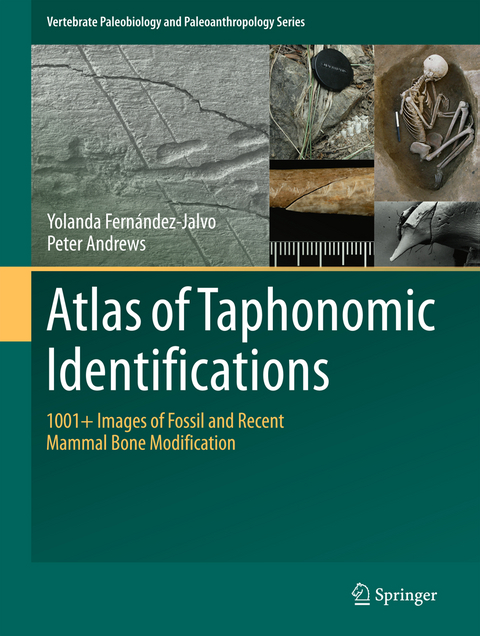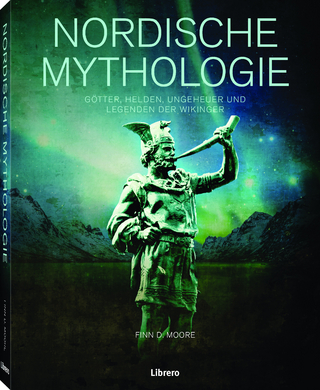
Atlas of Taphonomic Identifications
1001+ Images of Fossil and Recent Mammal Bone Modification
Seiten
2016
|
1st ed. 2016
Springer (Verlag)
978-94-017-7430-7 (ISBN)
Springer (Verlag)
978-94-017-7430-7 (ISBN)
The aim of the atlas is to provide images of taphonomic modifications, making it as comprehensive as possible with evidence presently available. This volume is intended both as a field guide for identifying taphonomic modifications in the field, and for use in the laboratory when collections of fossils are being analyzed. Images in the book are a combination of scanning electron micrographs, regular photographs, cross-sections of bones and line drawings and graphs. By providing good quality illustrations of taphonomic modifications, with links between similar types of modification, the atlas provides a reference source for identifying the agents responsible for the modifications, the processes by which they were formed, and the potential bias introduced by the processes.
The authors also aim to emphasize on the directions they consider taphonomic studies should be headed. Firstly, we should seek to quantify the degree of bias introduced into a fossil fauna and to take account of this bias before interpreting the palaeoecology of the fossil site. Secondly, we should recognize that taphonomic modifications increase the information encoded in fossils by identifying perimortem and postmortem contexts. This provides a more dynamic and realistic view of the past.
The authors also aim to emphasize on the directions they consider taphonomic studies should be headed. Firstly, we should seek to quantify the degree of bias introduced into a fossil fauna and to take account of this bias before interpreting the palaeoecology of the fossil site. Secondly, we should recognize that taphonomic modifications increase the information encoded in fossils by identifying perimortem and postmortem contexts. This provides a more dynamic and realistic view of the past.
Introduction and Rationale.- Methods in Taphonomy.- Part I: Surface Modifications.- Linear Marks.- Pits and Perforations.- Discoloration and Staining.- Part II: Modifications Affecting Shape.- Abrasion and Rounding.- Part III: Modifications Penetrating Bone Tissue.- Flaking and Cracking.- Corrosion and Digestion Corrosion.- Part IV: Modification by Loss of Bone Tissue or Skeletal Elements.- Breakage and Deformation.- Disarticulation and Completeness.- Part V: Conclusions.- Why Taphonomy?.
| Erscheinungsdatum | 09.01.2016 |
|---|---|
| Reihe/Serie | Vertebrate Paleobiology and Paleoanthropology |
| Zusatzinfo | 311 Illustrations, color; 820 Illustrations, black and white; IX, 359 p. 1131 illus., 311 illus. in color. |
| Verlagsort | Dordrecht |
| Sprache | englisch |
| Maße | 210 x 279 mm |
| Themenwelt | Geisteswissenschaften ► Archäologie |
| Geisteswissenschaften ► Geschichte ► Allgemeines / Lexika | |
| Naturwissenschaften ► Geowissenschaften ► Mineralogie / Paläontologie | |
| Sozialwissenschaften ► Ethnologie | |
| Sozialwissenschaften ► Soziologie | |
| Schlagworte | Bone tissue loss • Fossil vertebrates • Modifying agents • paleontology • Pits and perforations • Taphonomic modifications |
| ISBN-10 | 94-017-7430-7 / 9401774307 |
| ISBN-13 | 978-94-017-7430-7 / 9789401774307 |
| Zustand | Neuware |
| Haben Sie eine Frage zum Produkt? |
Mehr entdecken
aus dem Bereich
aus dem Bereich
Götter, Helden, Monster und Legenden der Wikinger
Buch | Hardcover (2023)
Librero (Verlag)
CHF 27,90
Buch | Hardcover (2024)
Vandenhoeck & Ruprecht (Verlag)
CHF 139,95


